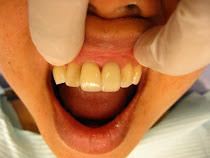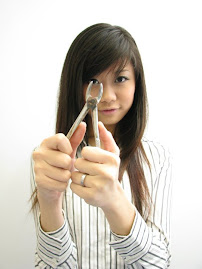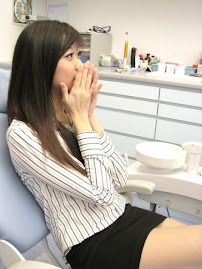The strangest patients I’ve met are those think that I should give them a discount for insulting me. Do people not realise that if they want a discount, they should at least say something nice to the one who is in the position to give them a discount? Flattery may not work all the time, but being nice is the necessary first step to getting a discount.
My friend recently posted me a YouTube video. I realised that there are good places where one can get very cheap dental treatment. Perhaps that’s where I should refer some of my troublesome patients.
Many companies that provide services have taglines. Some are catchy pieces of advice like:
“Don’t leave home without it”
“Just do it”.
Some are boasts like
“The ultimate driving machine”
“The happiest place on earth”
“The world’s favourite airline”
Others are promises, pledges or guarantees if you will.
“Melts in your mouth, not in your hands”
“When it absolutely, positively has to be there overnight”
The problem with such promises is that it’s not always easy to live up to them. For the cosmetic dentist who dares to call himself a cosmetic dentist, patients can expect miracles. Take the example of lady who walked into my clinic recently. She had a terrible looking bridge. I’m always happy to see such cases because it’s so easy to make an improvement.
Not so in this case. After numerous waxups and trials of provisional bridges, she was still not satisfied. She started pointing out ways in which her new bridge differed from her old, ugly bridge as if she was suddenly missing the ugly old bridge. Nightmare. Numerous things to change, numerous times, they were changed back because the changes asked for were just not right. It’s too late to re-access the psychological profile of the patient and the patient, from her point of view, must be wondering if I’m really good enough dedicate myself to cosmetic dentistry. Why do other cases look so perfect in other people’s mouths but not in hers? Shouldn’t I be treating my patient’s equally?
In despair, I sought help from a great man. In a recent speech he made, I learned something important. Cosmetic dentistry is an aspiration and not an ideology. It’s going to take decades or even centuries to reach such goals. Equal treatment for all cases is false and flawed, and completely untrue.
Some people may not believe that these words came from a great man, but what are great words but words that cannot be challenged. Obviously, I lack such greatness and must therefore continue adjusting that stupid bridge.
Killer Covid
3 years ago























